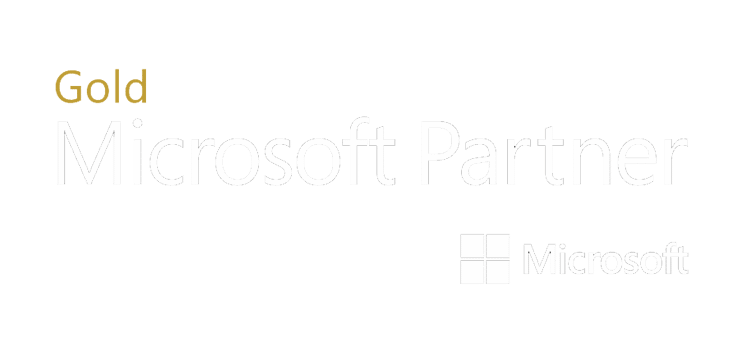Remember the days when you could run to the store to purchase your new computer, slap any antivirus software on there, and be mostly protected from the majority of threats out there? Unfortunately, those times are long gone and businesses need understand how important a layered approach to cybersecurity really is.
But first, what is antivirus?
Antivirus software is designed to detect and remove known viruses and malware from your computer. However, with the rapid increase in the number and complexity of cyber threats, antivirus software alone is no longer enough to protect your computer from all potential threats. Here are some reasons why:
- New and emerging threats: Cybercriminals are constantly creating new and sophisticated threats that can bypass traditional antivirus software. Antivirus software relies on signature-based detection, which means it can only detect and remove threats that have been previously identified and added to its database. New and emerging threats that have not yet been identified may not be detected by antivirus software.
- Advanced persistent threats (APTs): APTs are targeted attacks that are designed to gain unauthorized access to a network or computer system and remain undetected for long periods of time. APTs often use advanced techniques such as social engineering, zero-day exploits, and fileless attacks, which are difficult to detect and remove with traditional antivirus software.
- Multiple attack vectors: Cybercriminals can use multiple attack vectors to target a computer system, such as exploiting vulnerabilities in software or hardware, phishing attacks, social engineering, or insider threats. Antivirus software is typically designed to detect and remove malware, but it may not be effective at detecting or preventing other types of cyber threats.
- Ransomware: Ransomware is a type of malware that encrypts the victim’s files and demands a ransom in exchange for the decryption key. Ransomware attacks have become increasingly common and sophisticated, and some variants can bypass traditional antivirus software.
To protect against these and other threats, it is important to use a layered approach to cybersecurity that includes antivirus software as well as other security tools such as firewalls, intrusion detection and prevention systems, and security information and event management (SIEM) systems. Additionally, it is important to keep all software and operating systems up to date with the latest security patches, use multi-factor authentication + strong passwords, and practice good cybersecurity hygiene such as avoiding suspicious emails and websites.





